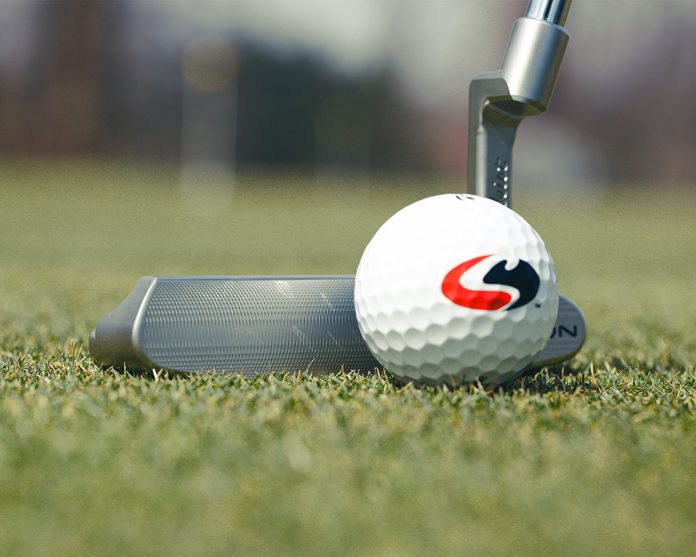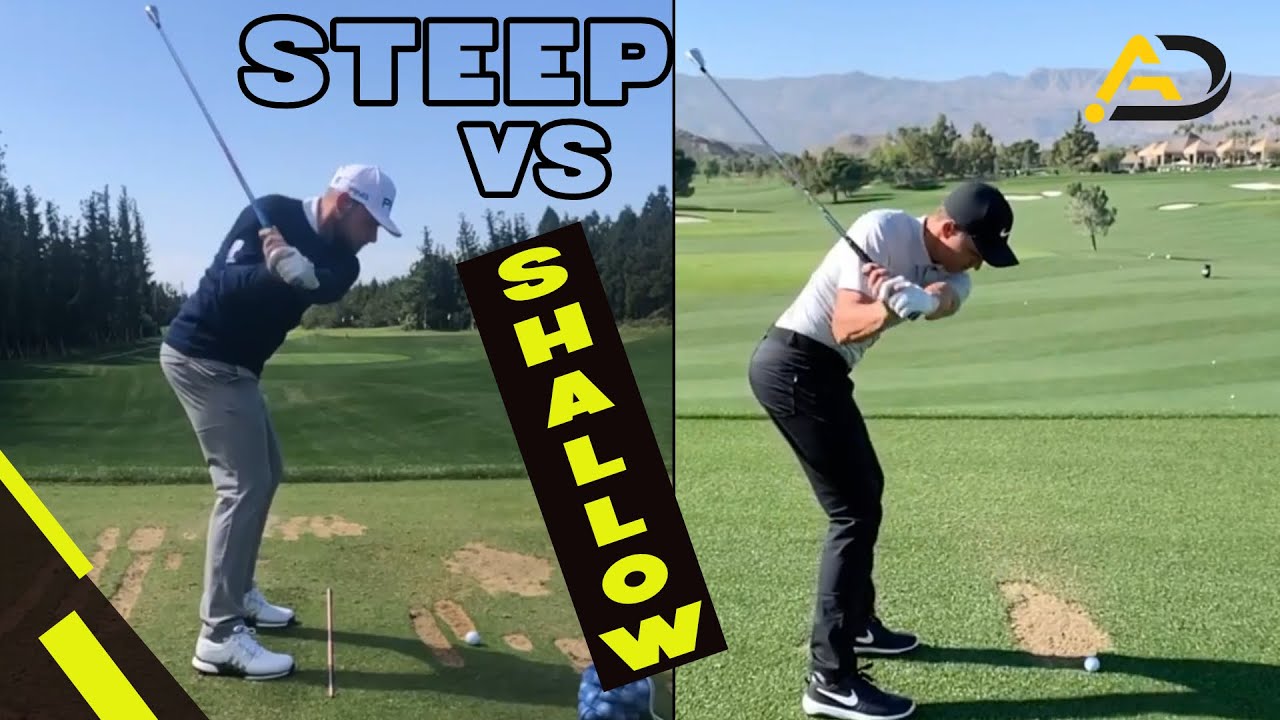
A golf bag contains several golf clubs, including irons, drivers, wedges, hybrids, woods, and a putter. However, the clubs have different levels of importance, with some being more important than others are. The driver and putter are the two most important best golf clubs, but the putter is the club used mainly by golfers of all skill levels. For example, in professional golfing, the winner is usually likely the player that putts the best.
Even with its popularity, the putter is also responsible for the highest amount of frustrations on the greens. It can make or break a golfing career or a round of golf because of the stress and frustrations that come with putting. Besides difficulties in putting, many players do not custom fit their putters and pick the one with a good reputation from the manufacturer or look good to the eye.
Choosing a putter without considering the most critical factors is a huge mistake because they come in different styles, lengths, alignments, subhead shapes, and weight placements. Some players forget that sometimes the right goes down to one's personal preference and not what they see when choosing the putter.
The putter plays the role enhancing the ball feel, detection of the shot line, and sensing pace and depth. These reasons are enough and critical for you to choose a putter that matches the uniqueness of your strokes. Consider the following factors to guide you on how to choose a putter.
Factors to Consider When Choosing a Putter
1. Length of the Putter

The outcome of your stroke will depend mainly on the length of the putter. If you choose a putter with the wrong size, it will throw you off the putting line, but the right one will put you right into the right path. Standard-sized putters measure from 32 to 52 inches. The putter's design allows you to keep your eyes above the ball at all times while putting. When you take the address position, the putter shaft should be on the same level as your forearm.
Choosing a putter that is too long for golf is something prevalent with many players. Some also use the standard-sized golf clubs but do not hold them in the way they should, thus messing up their out shots. Those that clutch a putter below the grip would do better with shorter shafts. Additionally, if during a stroke you experience lower back pains, you should find a longer-shaft putter. The following is how to determine the proper length of your putter.
- Assume your putting stance or address position
- Ensure that your hands are down in their most natural state
- Use someone else's help to measure the length from above the top of your hands to the ground. The measurement they get is the length you require from your putter shaft.
2. Type of Stroke

Your type of stroke should be one of the main things to consider before you choose a putter. In putting, many golfers make two types of stroke-slight arc, or straight. Your stroke type helps determine the perfect putter fit.
A slight-arc golfer's play involves:
- Taking back the club slightly inside
- Returning to the ball square
- Finishing to the left on a slight arc
The golfer opens the face on a backstroke throughout the arc. With the putter close to square at impact, the golfer finishes with the putter face slightly closed.
A straight putting golfer keeps the putter's face angle square to the angle while maintaining a straight back and through the club path. If you do not know how to identify your stroke path, the following guideline will help you.
- Take two alignment sticks and place them parallel to each other on the ground
- Place a golf ball at the center of the two parallel sticks
- Make a putting motion while standing at address above the ball
- Note the position of the putter head in regards to the parallel alignment sticks while on the back stroke
3. Head Balancing

After learning whether you are a straight putting or slight-arc putting golfer, the next thing to consider before acquiring a putter is head balancing. The main types of putters are face-balanced, toe-hang, and high moment of inertia putters,
If you are a straight putting golfer, you will do better with a face-balanced putter. The putter maintains a square putter face easily throughout the player's stroke. One of the reasons the putter is excellent is its weighted face with n toe hang.
If you are a slightly or moderately an arc stroke putter, you will do well with s toe-hang putter. The putter is toe and heel weighted, which provides it with a more prominent sweet spot to bring out a natural style-putting stroke. It also provides the player with consistent arcs throughout the game.
Players that use both styles will do well with the high moment of inertia putters. The putters are mid-balanced or face-balanced, which helps to reduce inconsistent rolls on off-center hits and twists for all types of strokes.
If you want to find out whether the putter in your possession is face-balanced, or toe-hang, balance the putter shaft across your arm in a horizontal position. Allow the head of the putter to rotate naturally to its resting position; you have a face-balanced putter if the face of the putter faces upwards towards the sky and a toe-hang if the putter toe hangs to the side or down.
4. Head Weight and Shape

After choosing the type of head balancing you need, the next step should be to find the perfect head weight and shape. Weight and shape will most likely depend on your personal preference, but the type of greens and your skill level can also determine what you need. If you hit consistent strokes using the putter sweet spot, you should consider getting a blade-style putter that comes with the usual traditional look but provides minor forgiveness.
If you are that player that needs help to maintain consistency and one that strikes putts solidly, a mallet putter will be your best option.
Consider getting a putter with a slightly heavier head if you putt on slower greens. If you are faster on the greens, consider using a light weighted putter to help retain some feel while you are putting.
5. Grip Type
The type of grip is another aspect to consider when choosing your putter. Grips come in 100s of styles but choosing the one that best suits you will depend mostly on your personal preference. However, even though you need to choose a grip that fits your choice, you still need to consider a few factors.
If you use a wider grip, you will need to ease up the golf club's grip on your hands. The move reduces flicking when you are putting a stroke. If you use a heavier grip, you will get a lighter head weight sensation. Additionally, if you use a softer grip, you will get a more serious head sensation.
6. Clubheads
The putter clubhead is also another feature to consider when choosing the best putter for your stroke. There are mainly two types of putter clubheads-blade putters and mallet putters.
Blade putters are flat and narrow, and they provide you with the best ball feel. They differ in hosel offsets that help keep the golf ball's hands ahead for faster roll forward on impact. Blade putters are primarily popular with low-handicapped players.
The characteristics of mallet putters include round and large clubheads with complete weight balancing. Mallet putters provide players consistent performances on the greens because of their weighted balance throughout the clubheads. The shaft in a mallet can enter in the center or at the heel.
7. Counterbalance
If your hands shake when putting a stroke or you have a rapid swing that does not materialize to anything worthwhile, you will need to consider choosing a counterbalance putter. Counterbalance putters are the latest replacements for long putters or belly putters that are no longer used for official golf tournaments.
Before the ban of the long putters, players liked them because their extended lengths anchored to the stomach or chest helped stabilize shaky hands during a putting stroke. The difference between the long putters and the counterbalance putters is that the latter comes with an extra weighted clubhead and grip.
The weight provides the hands with stability by stopping rotation and shaking. The technology also offers players more accuracy and smoothness on the greens.
8. Other Features
Other types of putters you should include in your list of how to choose a putter include insert putters, perimeter-weighted putters, and alignment putters.
Insert putters, engineered with composite inserts, come in a much softer material than the clubhead. They help promote smoother rolls and a better feel of the club. The insert defines the putter's sweet spot for the player as its location is on the face.
A perimeter-weighted putter is a favorite among many players because it is incredibly forgiving. Its perimeter weighting helps to stabilize mishits providing larger sweet spots, and it comes with a unique design that distributes weight evenly around the edges.
As the name suggests, alignment putters help to align the ball, making it easier to hit it towards the target line. The putters feature large clubheads that come with geometric alignment aids paintings.
Read more: Best Disc Golf Putters For Beginners
Wrapping it up
With the above explanation, you will find it easy to learn how to choose a putter. The putter you select should complement your putting stroke, help you with the best aim, provide you with the best custom fit, and inspire your confidence in the green.
It would be best if you also tried all the different styles until you find your perfect match. If you are not sure about the length of the type of style that suits your stroking habits, do not hesitate to ask for help from a certified golf coach.











